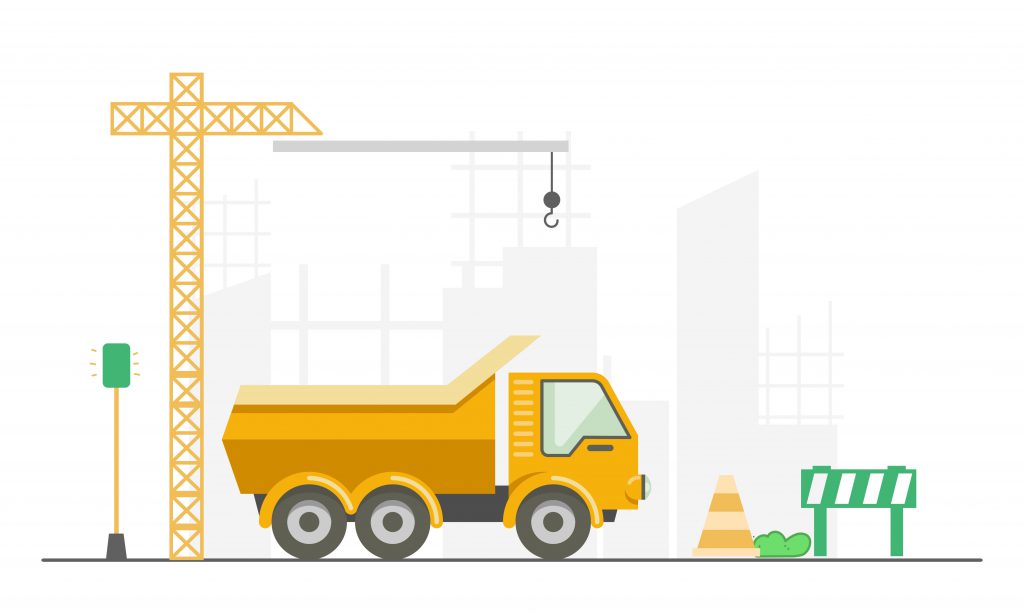The "Advanced Design of Steel Structures" course is an in-depth exploration of the principles, techniques, and advanced methodologies involved in the design and analysis of steel structures. Geared towards engineering professionals and students with a foundational knowledge of structural engineering, this course delves into the intricacies of steel structures to enhance participants' understanding and proficiency in designing complex and high-performance steel-based constructions.
Course OutcomeAfter successful completion of this course, the students should be able to
CO1: design various types of connections for steel structural elements.
CO2: analyze and design cold-formed steel structural components.
CO3: analyze and design steel towers.
CO4: design special structures like steel chimney and bunkers and silos and analyse the structures for wind and earthquake forces for design loads.
CO5: Design composite beams, slabs and columns.

- Teacher: KARTHIKEYAN G
The field of strength of materials (also called mechanics of materials) typically refers to various methods of calculating the stresses and strains in structural members, such as beams, columns, and shafts. The methods employed to predict the response of a structure under loading and its susceptibility to various failure modes takes into account the properties of the materials such as its yield strength, ultimate strength, Young's modulus, and Poisson's ratio. In addition, the mechanical element's macroscopic properties (geometric properties) such as its length, width, thickness, boundary constraints and abrupt changes in geometry such as holes are considered.
The theory began with the consideration of the behavior of one and two dimensional members of structures, whose states of stress can be approximated as two dimensional, and was then generalized to three dimensions to develop a more complete theory of the elastic and plastic behavior of materials. An important founding pioneer in mechanics of materials was Stephen Timoshenko.

- Teacher: KARTHIKEYAN G
Course Objectives
• To gain knowledge about the various materials used for the construction work.
• To understand various types of foundation and masonry.
• To know the types of floors and roofs, plastering, damp proof courses and various support
structures adopted in building construction.
Course Outcome
After successful completion of this course, the students should be able to
CO1: Identify and suggest the suitable building material for construction of buildings
CO2: Understand the types and tests on cement and concrete
CO3: Classify the type of foundation and masonry
CO4: Understand the types of floors and roofs
CO5: Understand the appropriate supporting structures for building based on the need of the site
for carrying out the construction activity.

- Teacher: KARTHIKEYAN G